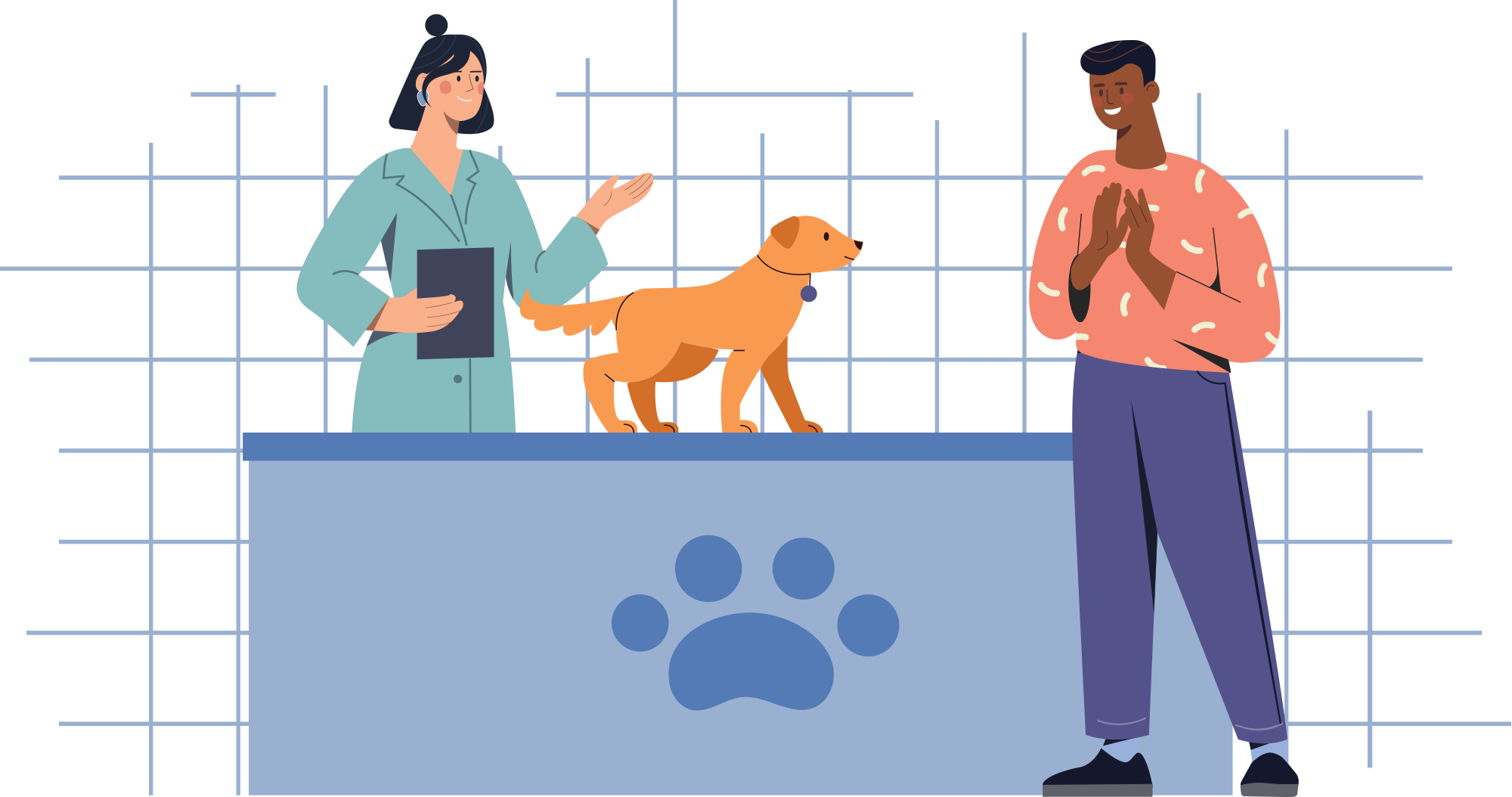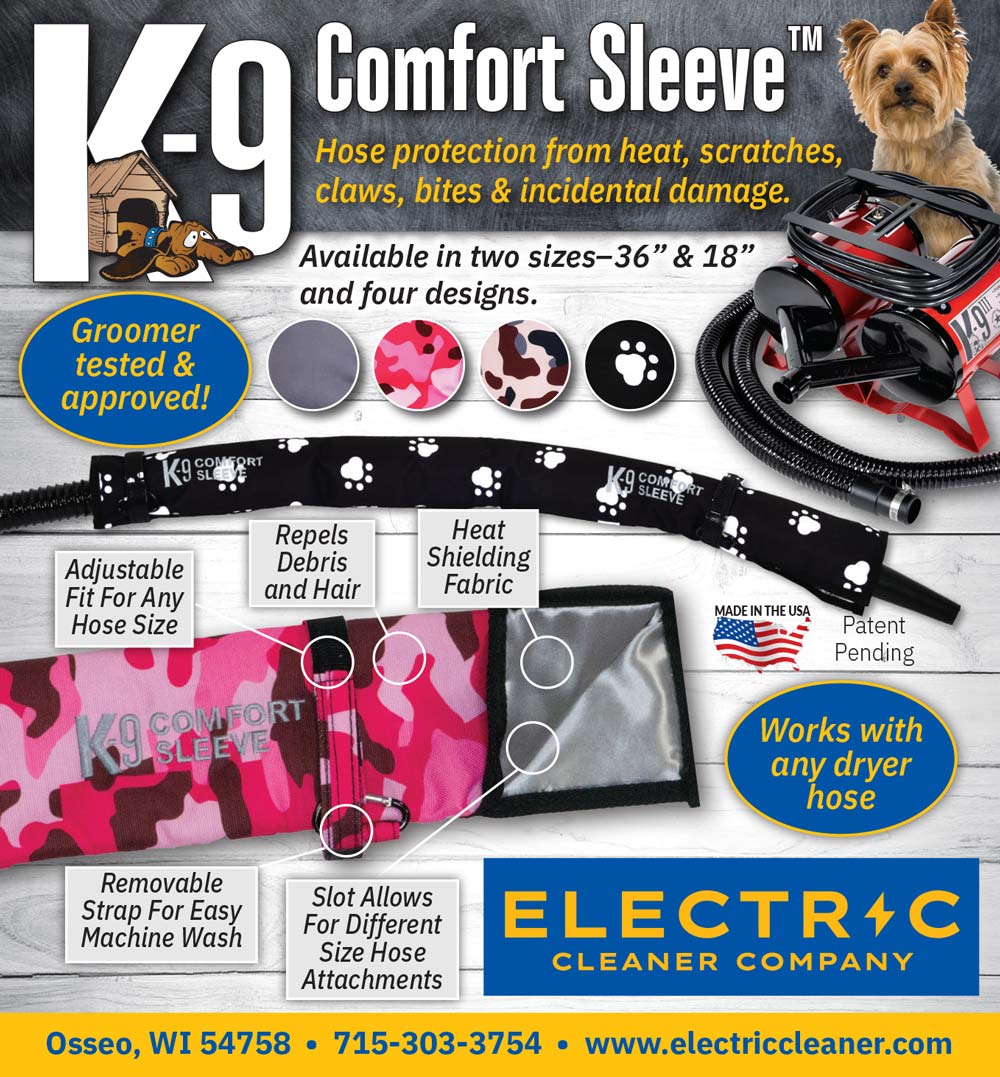


 s groomers, we see pets more often than most veterinarians. Our hands run through every inch of a dog’s coat, and our eyes catch details that pet owners might overlook, making us the first line of defense when it comes to early health detection. From inflamed ears to overgrown nails, small signs can hint at bigger underlying issues that impact a pet’s comfort and wellbeing.
s groomers, we see pets more often than most veterinarians. Our hands run through every inch of a dog’s coat, and our eyes catch details that pet owners might overlook, making us the first line of defense when it comes to early health detection. From inflamed ears to overgrown nails, small signs can hint at bigger underlying issues that impact a pet’s comfort and wellbeing.
While we’re not veterinarians and should not diagnose any illness or health concern, we can alert owners by pointing out what we notice and encourage proactive care. This article will walk you through 10 common health concerns that groomers frequently spot during the grooming session.
- Could indicate infection or allergies.
- Suggest a vet visit and gently clean what you can without digging into the ear canal.
- Check matted areas for skin issues before dematting.
- Refer to vet if infected.
- Long nails impact the way pets walk and their joint health. It is painful for pets to adapt their bodies to carry their weight, which leads to many health concerns.
- Educate owners on regular nail care.
- Could be from allergies, irritation or blocked tear ducts.
- Note cleaning tips and vet referral if chronic.
- Note changes and inform the owner in a calm way.
- Use consistent language like, “It’s worth getting checked.”
- Fleas can wreak havoc on a pet’s skin. They can also affect you and other pets in your care.
- Refer them to a vet for proper prevention and elimination.
- Bad breath can mean more than just stinky kisses, and can even link to heart and kidney health.
- Explain the importance of regular dental care to the owner and suggest they consult their vet.
- Can indicate chronic licking, allergies or hormonal imbalances.
- Encourage regular monitoring and communication with the vet.
- Abnormal smells might warrant a vet visit.
- Talk to the owner about appropriate shampoos and recommend a vet check if recurring.
- Certain behaviors can indicate pain, anxiety or undiagnosed issues.
- Note the patterns and support nervous or uncomfortable dogs by removing triggers that can make things more stressful.
- Chat with the owner about what you notice. If you do not communicate, the problem may become worse over time.
Remember, you don’t have to diagnose to make a difference. Simply observing, documenting, and communicating with care and professionalism builds trust with your clients and ensures better outcomes for the pets we all love.
Stay curious, stay compassionate and never underestimate the value of your trained eye—because sometimes the smallest things we spot can make the biggest impact.
